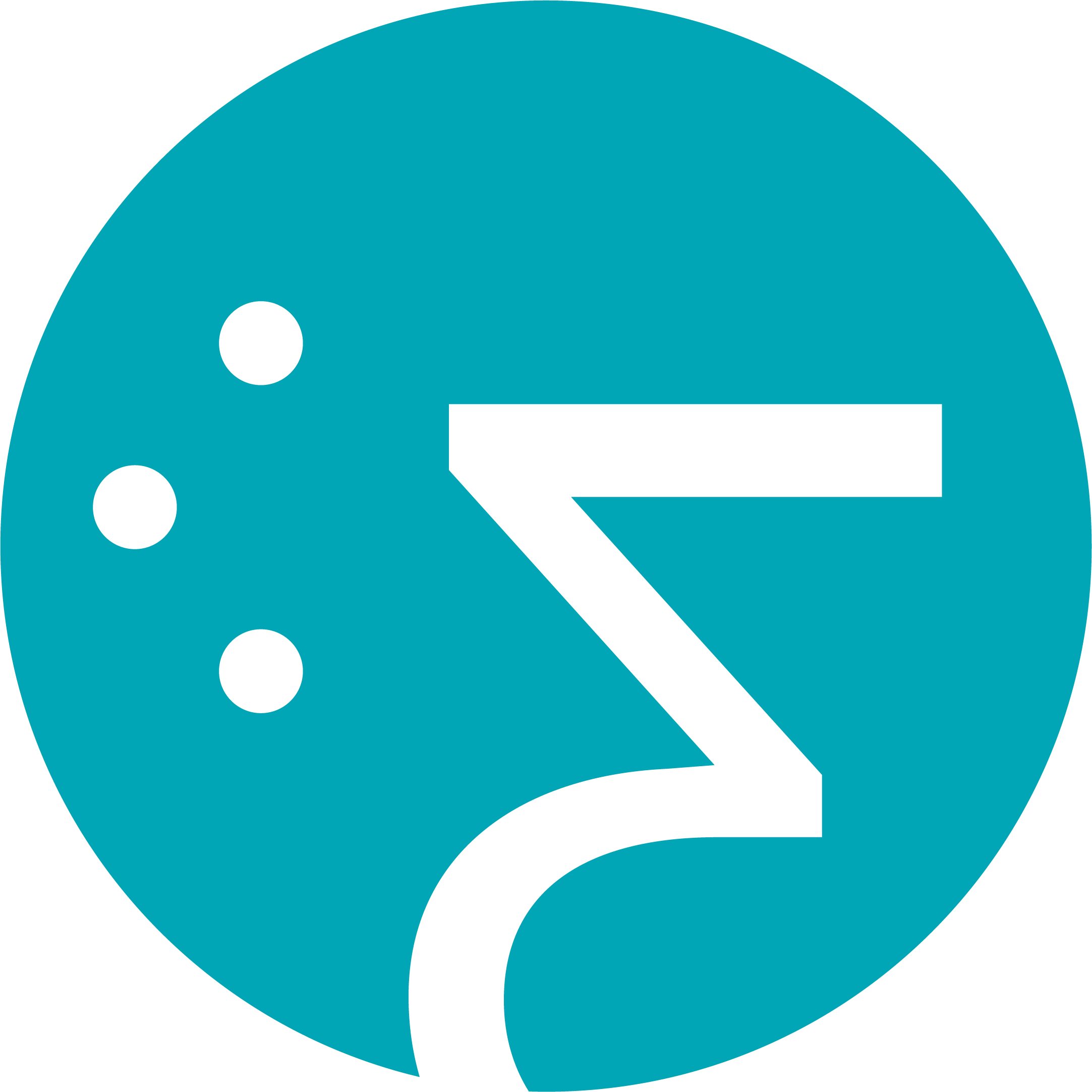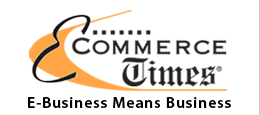IT’s Time for PaaS is Here

It was about ten years ago when a new generation of Software-as-a-Service (SaaS) alternatives started to gain acceptance and adoption among organizations of all sizes. And, it has only been about five years since Amazon Web Services captured the attention of the marketplace with its Amazon EC2 and Amazon S3 offerings which opened the door to a vast array of Infrastructure-as-a-Service (IaaS) offerings. Now, the third piece of the Cloud Computing puzzle is beginning to win over organizations seeking to build their own apps – Platform-as-a-Service (PaaS).
While SaaS and IaaS solutions have experienced exponential growth and are forecast to continue to displace traditional, on-premise software and systems, PaaS has remained a relatively dormant segment of the Cloud marketplace. The lack of adoption of the various PaaS alternatives which have emerged over the past few years has been understandable. Organizations could select a variety of SaaS and IaaS solutions to satisfy specific application and computing needs, but were hesitant to bet on a specific PaaS to build new apps or extend the functionality of their existing apps until they were sure about the viability of the PaaS vendor and market acceptance of their PaaS approach. There has even been some lingering debate about the fundamental parameters of the various PaaS offerings.
Much of the attention given to the PaaS market until recently has centered around the offerings of the major players – Salesforce.com, Google, Microsoft and to a lesser extent Intuit and Oracle. Salesforce.com pushed its Force.com PaaS, Google boasted about its Google Engine and Microsoft promoted the virtues of Azure. Although they all offered powerful application development capabilities, they also raised a lot of questions about where, when and how to best utilize these resources.
Additional questions arose about how to power the apps created by the PaaS alternatives. This led Salesforce.com to buy Heroku to provide a scalable IaaS underpinning for its Force.com users. Microsoft made a major investment in building its own IaaS network. And, Google revamped its Google Engine to more closely align it with its IaaS capabilities.
Ironically, offering a combination of PaaS and IaaS capabilities made some corporate decision-makers even more hesitant to select a PaaS offering because they were afraid of vendor lock-in. Amazon decided to respond to this issue by surrounding itself with a variety of third-party development tools, such as Eucalyptus. Other IaaS providers, such as Rackspace, have been promoting the virtues of an OpenStack approach. And, Savvis announced it is acquiring AppFog to add a PaaS layer to its IaaS offerings.
But now the air seems to be clearing and corporate decision-makers appear to be ready to take advantage of a variety of PaaS options. There are a number of reasons for their growing confidence about moving forward. First, they’ve seen tremendous success deploying today’s SaaS and IaaS alternatives and want to extend the value of their investments in these areas. Second, they are watching the Cloud industry mature and are becoming more comfortable making vendor selections. And third, they are facing escalating customer, employee and competitive pressures which are demanding that they take advantage of the PaaS options at their disposal to build a new generation of applications which are more responsive to their day-to-day needs.
I witnessed these forces come together at a recent event hosted by Apprenda and Cloud Technology Partners (CloudTP). The half-day session, entitled “TRANSFORM”, focused on making the business case for PaaS and demonstrating the technical capabilities of Apprenda’s approach in conjunction with Microsoft Azure and other common computing environments. What caught my attention was the number of attendees representing a variety of large and mid-size enterprises from various industries who didn’t need to be sold on the fundamental value of a PaaS. Instead, they were seeking specific information about Apprenda’s approach to determine if it would be a good fit for their operations. Many of the attendees walked away from the session convinced that Apprenda represents a viable option based on the strength of its customer success stories and the versatility of its functionality.
The PaaS market is also benefitting from the added validation of the major market research firms which are all predicting accelerated growth for this segment of the Cloud Computing industry.
So, just as we’ve seen in the SaaS and IaaS segments of the market, corporate decision-makers are no longer asking what is PaaS and why is it important. They now want to know where, when and how to deploy a PaaS alternative to address their business needs and achieve their corporate objectives.




